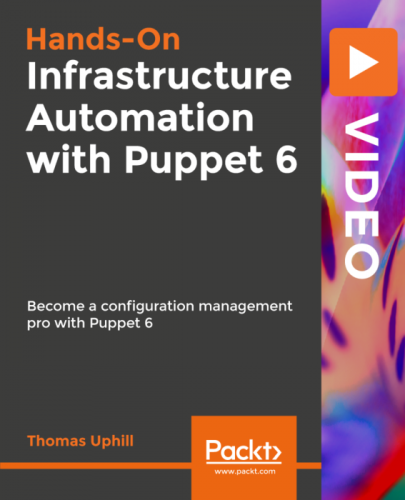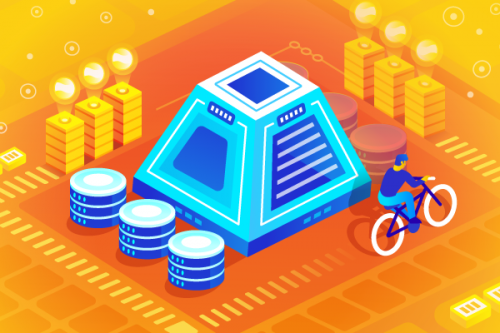
Packt – Hands On Infrastructure Automation with Puppet 6-RiDWARE
English | Size: 613.41 MB
Category: Tutorial
Learn
The Puppet DSL (Domain-Specific Language)
How to write Puppet code and how Puppet code differs from other languages
The trifecta and what it means for configuration management
How the various components of a Puppet installation fit together and what each one does
How to control nodes with Puppet and how to classify them
How to use roles and profiles to simplify deployments
Write Puppet modules to reuse code
Write custom Puppet facts and use them to simplify your code
Use Puppet lookups to separate code from data in your environment



